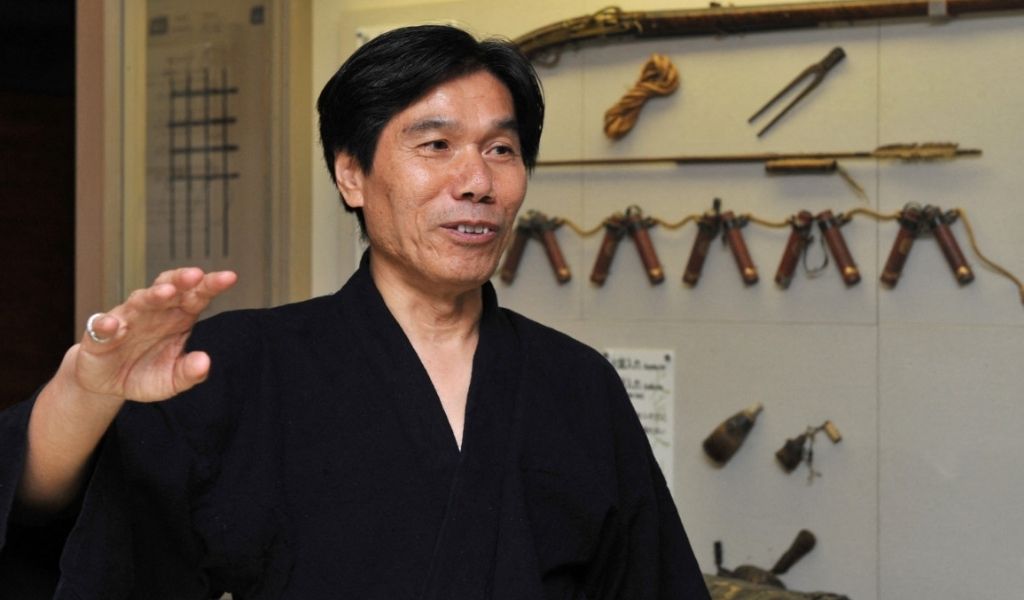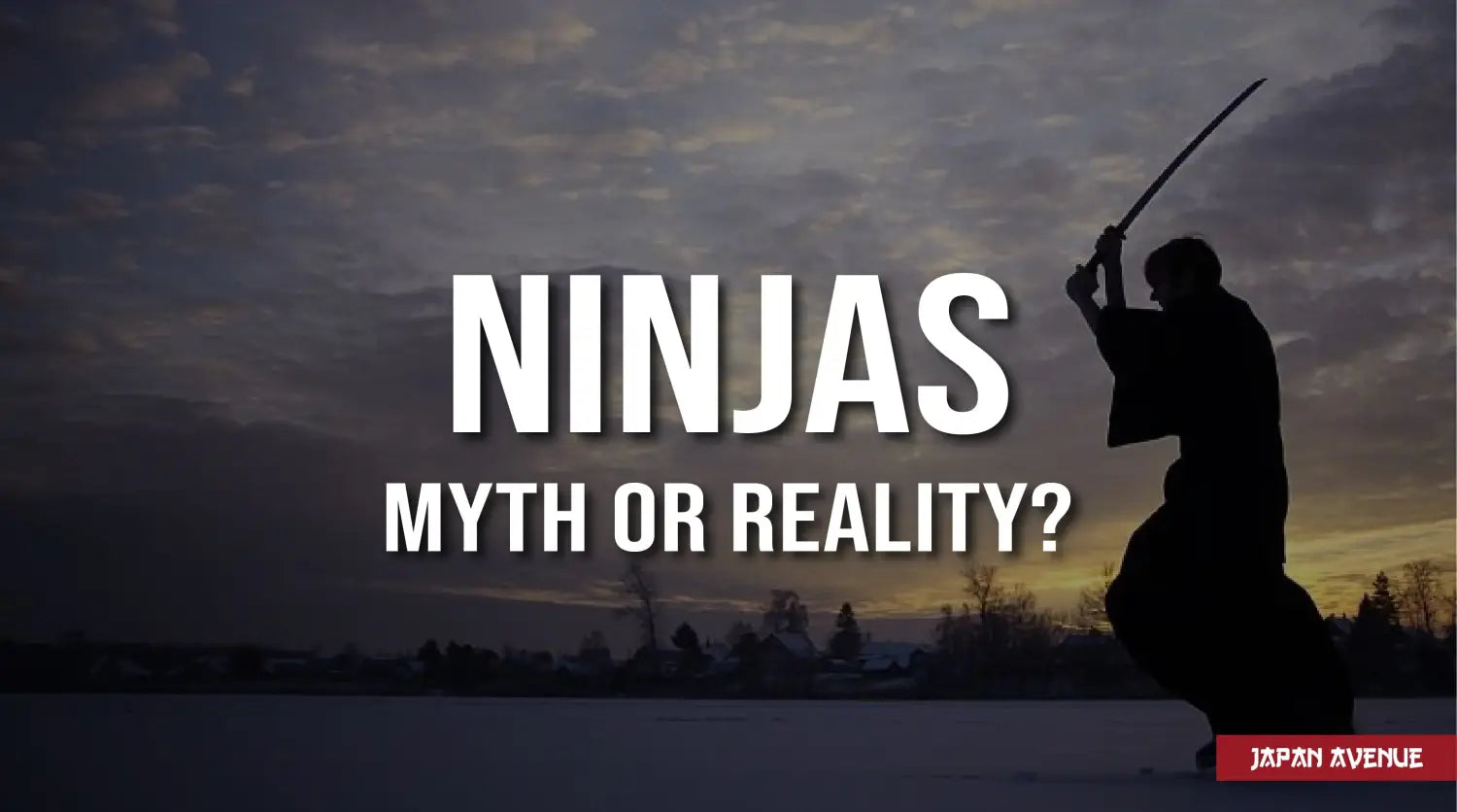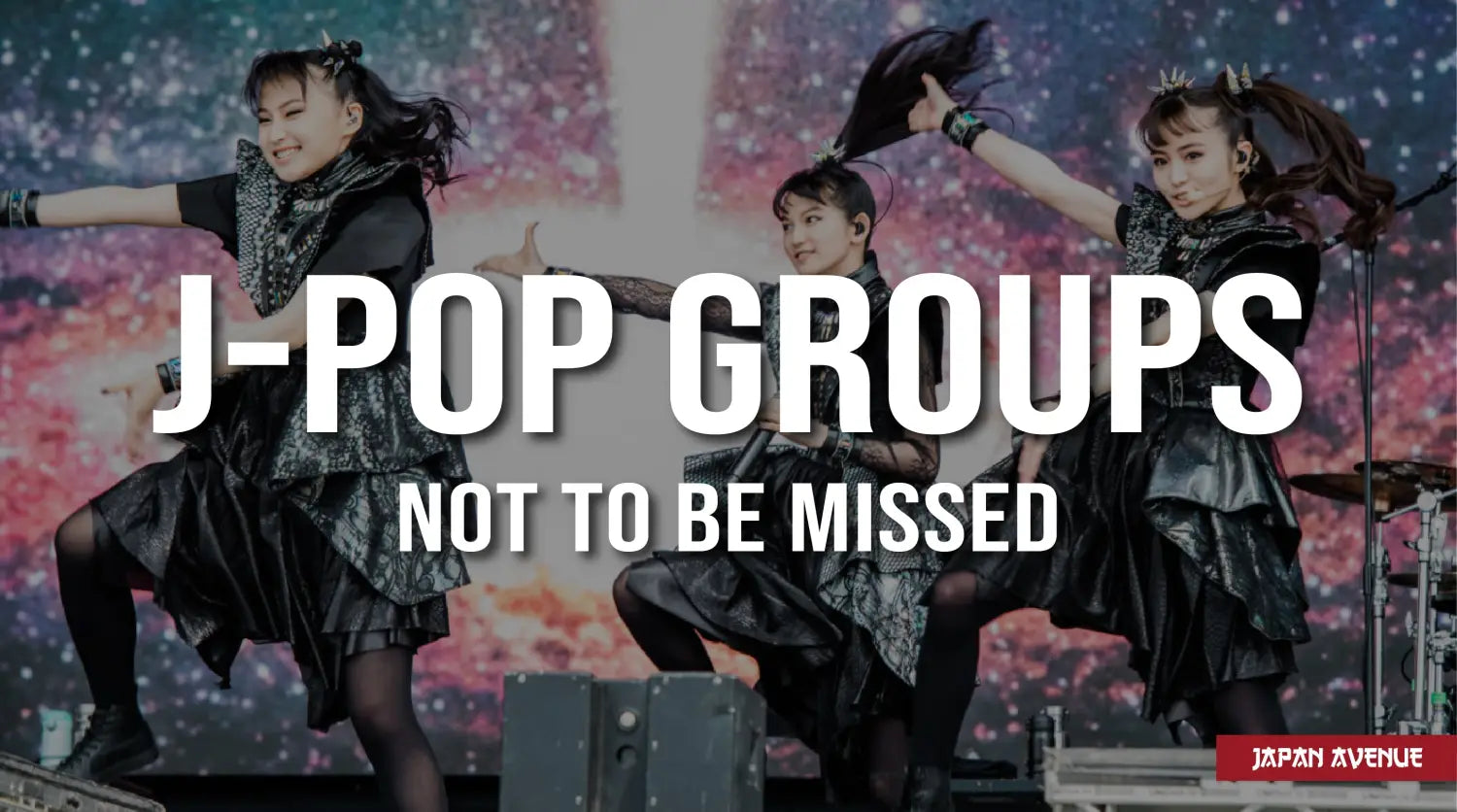Masters of martial arts and camouflage, ninjas are the unrivaled fighters in many movies and historical novels.
The Japanese ninja (忍者) or shinobi is a mercenary who practices age-old espionage, survival and fighting techniques called ninjutsu.
But who are these Japanese spies idealized all over the world? Did they really exist or are they the result of a myth? Let's have a closer look at these legendary shadow warriors.
🤓 The truth about Japanese ninjas

Ashikaga Mitsuuji and a ninja. woodblock print. Kunisada, 1853. Source: wikipedia
When we talk about ninjas, reality often merges with fiction and we are no longer sure if they actually existed. Are they real mortals or just super-warriors out of the authors' imagination? All the more so since their image seems to have evolved over time and across continents.
☝️ Did ninjas ever exist?
As we can imagine, the hooded ninja, dressed in black, absolute master of combat and endowed with supernatural powers, is a legendary character. However, Japanese spies did exist in the Middle Ages and up to the Edo period. Originally, Japanese ninjas were simple mercenary peasants who appeared in feudal Japan and who were sent on infiltration or espionage missions. If their main role was to retrieve secret information and bring it back to their base as soon as possible while avoiding any fight, they could also be called for assassination or guerrilla missions.
The word ninja is a relatively new word that was popularized in novels after the Second World War. Ninja is composed of the kanji nin (忍) meaning "endurance" or "secret" and ja (忍) referring to the person who practices. Hence, a ninja is one who practices the art of being invisible. Similarly, the term ninjutsu 忍術 refers to the traditional techniques and arts used by ninjas to turn themselves invisible.

Ninja techniques, print by Hokusai. Source: wikipedia
Having appeared at the end of the Heian period in the 12th century, ninjas proved to be particularly useful in the Sengoku period (15th and 16th century). They were called "shinobi" which can be translated as " those who conceal themselves ". Wars between the lords of the provinces (daimyo) were very much common in this tumultuous period. Therefore, the practice of espionage and secret missions developed to better keep the opponent under control. Due to their confidential activity, we only know very little about these spy warriors. Although the Japanese ninja is often associated with the samurai elite, in reality there is no evidence to support this. Quite the opposite, the samurai were aristocrats while the shinobi were part of the lower classes. The latter did not respect the Bushido (moral rules of Japanese warriors), but had their own code of conduct. Although they lived all over Japan, the ancient Provinces of Iga and Koga, the cradle of ninjutsu are particularly renowned for their ninjas.
🙈 The true role of the ninjas
We can imagine that the shinobi had an important role in the conflicts between the local lords. These warriors from lower social classes were recruited as mercenaries to do the "dirty work". Most of the time, ninjas were just expected to bring back information or steal plans without being noticed during the intelligence missions. However, they were also assigned to secret sabotage and even murder operations. They could use poisons, explosives or weapons to achieve their goals. These shadow warriors often attacked at night and used to set fire to enemy camps to start the assault of the troops. Moreover, these practices were not limited to men. In fact, some ninjas were women (kunoichi) who infiltrated castles by posing as geishas or cooks.
Their unorthodox methods were considered dishonorable and the shinobi were looked down upon by the people. The samurai despised them, but in some wars they would work together. The ninjas operated secretly off the battlefield while the honorable warriors fought loyally.
⛓ Weapons and gear: all the equipment of the real ninja
 Shuriken
Shuriken
True masters of ambush, the ninjas surprised the enemy with their paraphernalia and innovative tactics. In addition to their perfect mastery of martial arts, they had a whole range of weapons. Most of these weapons were hijacked agricultural tools and were used for camouflage purposes.
- Shuriken: Small metallic object with sharp edges, thrown by the ninja.
- Shaken: Shuriken in the shape of a star.
- Kusarigama: Scythe attached to a chain.
- Ninjato: A kind of short sword worn on the back. This is Leonardo's favorite weapon in Ninja Turtles.
- Kanigawa: Grappling hook attached to a rope for climbing walls.
- Kunai: Multipurpose pointed dagger with a ring to attach a rope.
- Tekko-caki: Metal claws used in hand-to-hand combat or for climbing.
- Manriki-gusari: Chain connected to two weights at its ends to hit or strangle the opponent.
- Bo: Large wooden stick. It is Donatello's weapon in Ninja Turtles.
- Nunchaku: Two pieces of wood or metal connected by a chain. Michelangelo's favorite weapon in Ninja Turtles.
- Kakute: A kind of ring with sharp spikes often used by female ninjas.
- Blowpipe: Simple bamboo tube in the shape of a flute allowing to throw a poisonous dart.
- Metsubushi: Blinding powder.
- Le sai: A kind of trident. This is Raphael's weapon in Ninja Turtles.
- Mizu gumo: Shoes allowing to float on water.
- Makibishi: caltrops thrown in dozens to pierce the shoes of chasers.
☝️ Do ninjas still exist?
And here's the question on everyone's mind... Are there any real ninjas left today? The answer is "yes". In the 17th century, the unification of Japan under the Tokugawa shogunate marked the end of feudal wars and led to the disappearance of ninjas. However, there probably exist descendants of shinobi even if they remain discrete. In Japan, a sixty-year-old man named Jinichi Kawakami claims to be the ultimate ninja.
🦹 Jinichi Kawakami, a real Japanese ninja
 Jinichi Kawakami on June 29, 2012 at the Ninja Iga Museum in Japan. Credit: KAZUHIRO NOGI / AFP
Jinichi Kawakami on June 29, 2012 at the Ninja Iga Museum in Japan. Credit: KAZUHIRO NOGI / AFP
Referred to as the last ninja, Jinichi Kawakami is the heir to the traditional ninjutsu techniques of ancient Japan. The retired engineer is said to be the 21st head of the Ban clan, a family of spies dating back more than 500 years ago. Since his childhood, Jinichi Kawakami was trained in the art of ninjutsu by the Buddhist master Masazo Ishida. Ever since, he never stopped practicing ninjutsu, which he has been teaching for about 20 years. At the same time, the director of the Iga-ryū ninja museum gives lectures and is involved in research on the history of shinobi at Mie University. Jinichi Kawakami did not wish to continue his lineage, believing that these practices no longer made sense in today's society. While he will not train a successor, he still wishes to pass on the tradition by opening an online ninja school.
🎯 How to train to become a ninja?
Do you secretly dream of becoming a ninja? Know that it is not impossible, however, it is not that easy to become a ninja. It requires hard training to become one.
🥋 Learn ninjutsu, the martial art of the ninja
In the past, Japanese ninjas were trained intensively from childhood under the supervision of their clan. They learned survival, defense, breathing and stealth techniques. During their training, they were taught martial arts, hand-to-hand combat (taijutsu), weapons use as well as climbing and other sports.
To become a real shadow warrior, you will have to learn numerous specific techniques from the art of ninja such as anchoring to the ground, energy circulation and all the methods to defend yourself with your body (movement, positions, projection, striking...). Moreover, you will have to know how to handle weapons and train yourself to survive in various situations. Are you ready?
🏫 Train in a ninja school
That's also what a 45-year-old Japanese man named Genichi Mitsuashi did. The first Master's graduate in ninja studies, this shinobi enthusiast trained at Mie University. He learned history, martial arts and all ninja techniques. Today, he lives in Iga following the way of the ninjas of feudal Japan. His goal: to pass on the tradition of ninjutsu.
🥷 The myth of the ninja in pop culture
The image of the ninja, although based on historical realities, has been largely distorted: From a despised bandit, he rises to the rank of mysterious and invincible super-warrior. Moreover, he is given superhuman powers such as invisibility and walking on water.
The lawless mercenary, motivated by gain and an expert in combat, has become an indispensable character in Japanese popular culture. Also, martial arts movies, novels and video games have largely contributed to this fantasized image of the ninja.
In 1962, the movie "Ninja, a Band of Assassins" (Shinobi no mono) based on the novel of the same name tells the story of the Iga rebellion against the ruthless warlord Oda Nobunaga. In 1967, in the British movie "You only live twice" James Bond meets ninjas sponsored by Japanese intelligence. In the 80s, the actor Sho Kosugi was known for his dark roles. At the same time, the comic Ninja Turtles, with its four pizza-loving heroes, was a big hit. Later, the manga Naruto, which recounts the adventures of a young ninja apprentice, exploded in sales. Finally, the movie Shinobi, adapted from a book written in 1958, was a true success in Japan. It depicts the poignant story of the Iga and Koga Clan during the reign of the shoguns.

Naruto
Now that we have unraveled the myth of the Japanese ninja and discovered who really is behind that black hood, know that it's never too late to become the master ninja that sleeps inside you.



